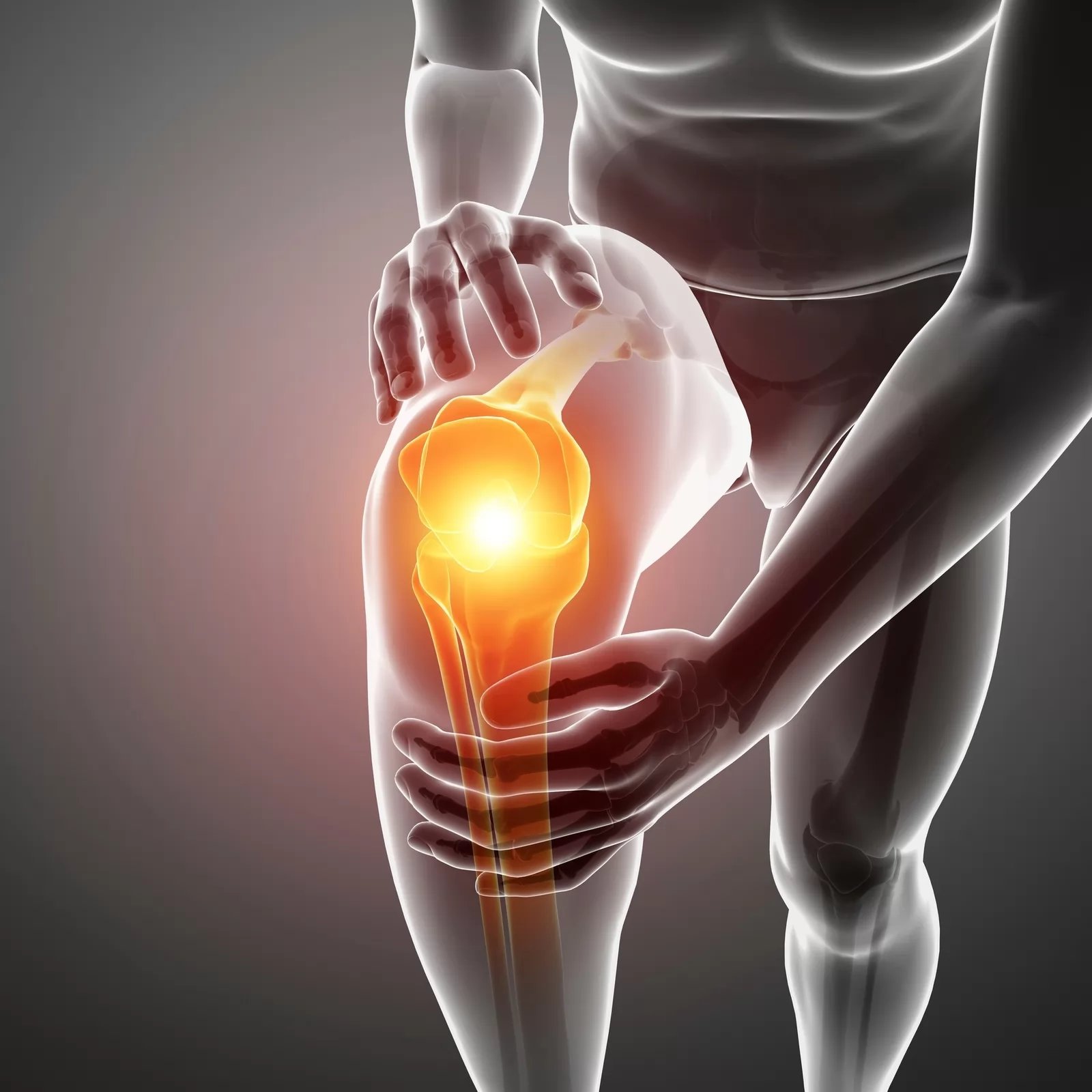
Knee Joint Diseases
The knee joint is the largest joint of the human body in terms of synovial space volume and articular cartilage area. It is also one of the most complex joints of the human body.
What Are The Most Common Knee Diseases?
- Osteoarthritis: It is the most common joint problem in the old population. Prevail among cause of pain and physical disability. While cartilage metabolism is in balance in healthy individuals, the balance is disturbed in osteoarthritis due to decreased production and increased destruction. Supreme complaint of the patients is pain; The pain typically increases after activities that put a strain on the joints. Joint stiffness may also occur. Decrease in joint movements and loss of function in the joints are other important complaints of the patients. The aim of treatment is to reduce pain and other symptoms. To reduce the progression of cartilage damage. Another options have non-pharmacological, pharmacological, physical therapy and surgical treatment.
- Knee Bursitis: It is an inflammatory condition that occurs in any bursa (fluid-filled pillows) around the knee joint. Symptoms have swelling, pain, and functional limitation. Aspiration and analysis of the fluid inside the bursa; this for important to distinguish the cause of inflammation..
- Meniscus Tears: The meniscus is one of the structures in the body that is frequently injured. Meniscus are thin pillows that are present in the shape of 'C' at the intersection of our two largest bones in the knee region. Meniscus increase the compatibility of the articular surfaces of both bones and act as shock absorbers. Although meniscus tears are frequently seen in athletes, its can have at any age. Athletes can continue to play or perform daily activities until while edema develops in the knee. However, when edema develops patients have complaints . Complaints develop within 24-48 hours. There are complaints such as tension and swelling in the knee, decrease in joint movements, and fluid collection in the knee. Sometimes, even if the meniscus has damage, there may be dont have symptoms. In treatment; rest, ice, elevation, bandaging and physical therapy is started immediately. Surgery is recommended depending on the type and severity of the meniscus tear. Physical therapy before and after surgery is of great importance.
- Anterior Cruciate Ligament Injuries (ACL): ACL is one of the four ligaments that connect your shinbone to your thighbone. ACL injury is especially common in people who play basketball, football or sports that require sudden movements and struggle (combat sports, skiing, etc.). More often, it is torn with the rotation of the knee. Anterior cruciate ligaments; It is important for knee functions. Most stiuation require surgery. This substantial anatomical formation does not heal on its own and requires an operation to regain its functions. In the operation, the parts of the ligament cannot be used. Instead, ligaments taken from different parts of the body are transferred to the anterior cruciate ligament. After a surgery and physiotherapy; functions can be fully recovered soon.
- Patellar Tendinitis : Tendinitis is the chronic inflammation of one or more tendons. It mostly occurs as a result of strain and repetitive overuse. Runners, skiers, cyclists and jumping sports; It can cause inflammation in the patellar tendon, which connects the quadriceps muscle in the front of the thigh to the shin bone. They are usually treated without surgery.
- Risk Factors For Knee Diseases: Obesity, muscle weakness, old injuries, sports branches that put too much strain on the knee, some types of occupations.